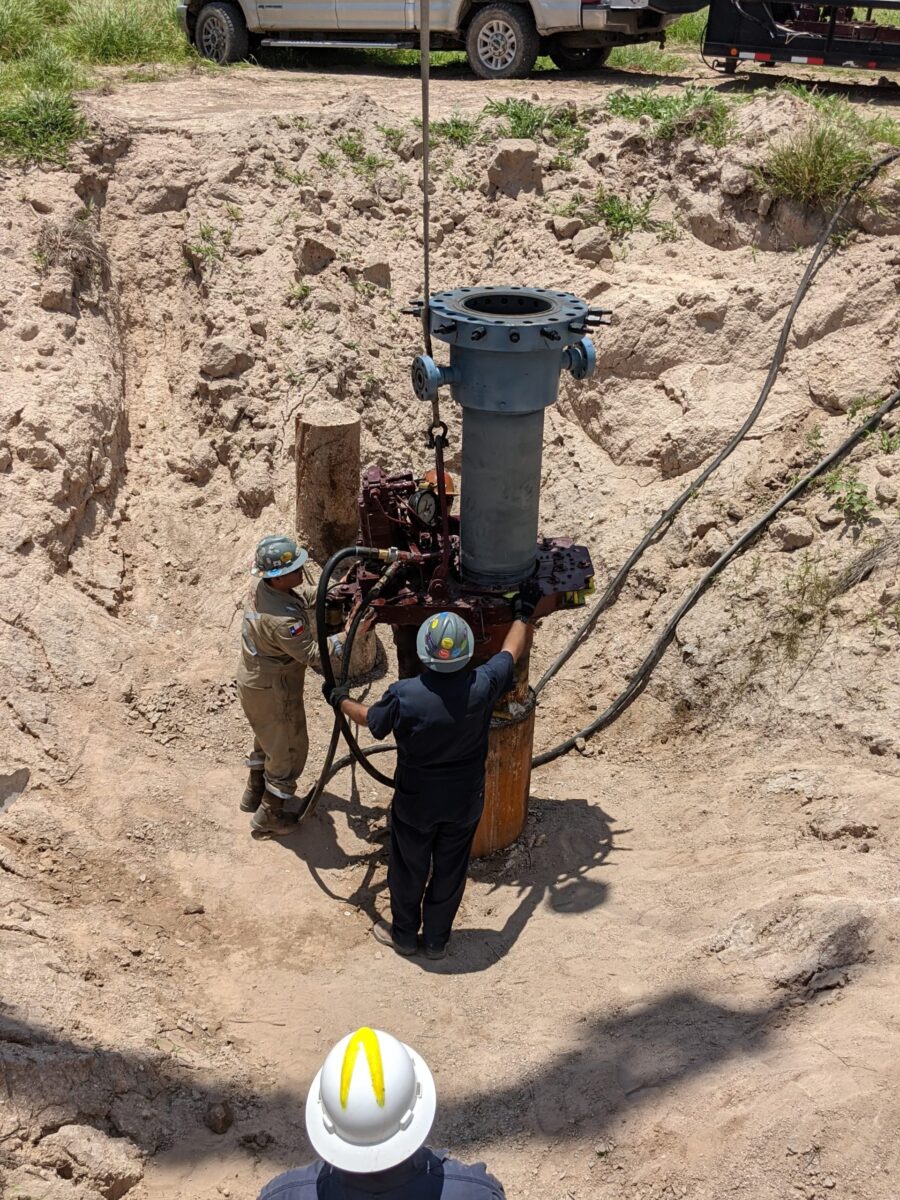Texas-based Sage Geosystems has announced field results from its full-scale commercial pilot project. It has found that its EarthStore energy storage system can provide 18 hours or more of storage capacity to effectively generate baseload power 24/7 when paired with solar or wind generation.
The data sets were obtained by pumping in and flowing back water from a well to gauge capacity and power duration. According to the company, no induced seismicity was measured either during fracturing or subsequent pumping operations.
The pilot plant has demonstrated that it can also provide high-powered, short-duration power during peak demand.
“Both storage intervals, long- and short-duration, enhance grid reliability with stable power output,” the company reported. “In addition, the heat from the formation expands the fluid downhole and improves round trip efficiency.”
Sage has developed an underground energy storage technology which can provide both short- and long-duration storage. The system harvests the pressure energy of a fluid while using geothermal power from any underground formation where the required heat level exists to enhance its operation. The company is targeting lower temperatures (100 C to 250 C) at depths of three to 6 kilometers.
According to Sage, its EarthStore energy storage design is ready to scale and is not geographically limited. In addition, it can be used in newly drilled wells and in existing oil and gas wells.
Popular content
The company has also reported that based on the levelized cost of storage (LCOS), EarthStore can provide power at a cost that is lower than lithium-ion battery storage and traditional pumped storage hydro.
“It also is competitive with natural gas peaker plants, providing a cleaner option for providing ancillary services, black start services, and/or redistributing curtailed energy during peak demand periods,” Sage said. However, the company didn't provide any hard figures for LCOS.
Other reported results of the pilot project are as follows:
- Produced 200 kW for over 18 hours (long duration) and 1 MW for 30 minutes (load following), limited only by the small-diameter rental surface equipment piping
- Generated electricity with Pelton turbines to power equipment on location
- Measured subsurface system efficiencies between 88% to 94%, with an estimated round-trip efficiency (RTE) of 70% to 75%
- The heat from the formation expands the downhole fluid and improves RTE
- Measured fluid losses greater than 2%, decreasing to 1% by the end of the five-week period
- Demonstrated the ability in a single well to generate 2 MW to 3 MW of net output
“We have cracked the code to provide the perfect complement to renewable energy, yielding reliable alternative baseload in a manner that is cost competitive with lithium-ion batteries and natural gas peaker plants,” said Cindy Taff, CEO of Sage Geosystems. “The opportunities for our energy storage to provide power are significant – from remote mining operations to data centers to solving energy poverty in remote locations. We can interconnect with power grids or develop island/microgrids with a cleaner energy solution that is proven and ready to scale.”
This content is protected by copyright and may not be reused. If you want to cooperate with us and would like to reuse some of our content, please contact: editors@pv-magazine.com.



1 comment
By submitting this form you agree to pv magazine using your data for the purposes of publishing your comment.
Your personal data will only be disclosed or otherwise transmitted to third parties for the purposes of spam filtering or if this is necessary for technical maintenance of the website. Any other transfer to third parties will not take place unless this is justified on the basis of applicable data protection regulations or if pv magazine is legally obliged to do so.
You may revoke this consent at any time with effect for the future, in which case your personal data will be deleted immediately. Otherwise, your data will be deleted if pv magazine has processed your request or the purpose of data storage is fulfilled.
Further information on data privacy can be found in our Data Protection Policy.